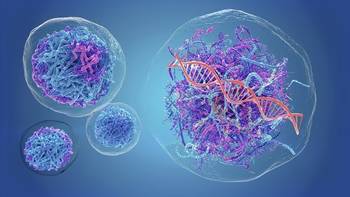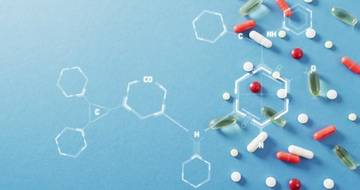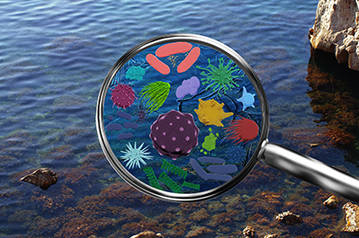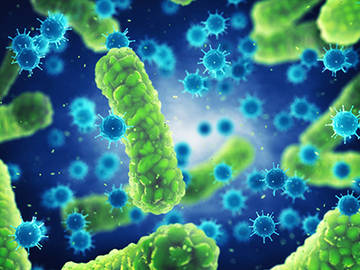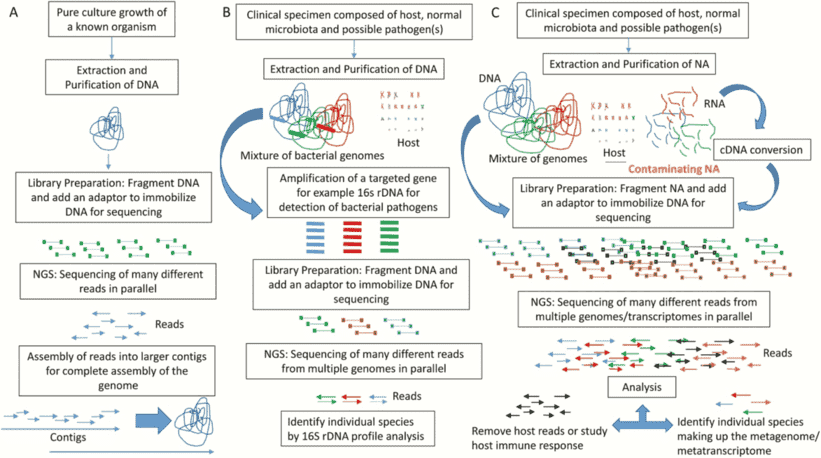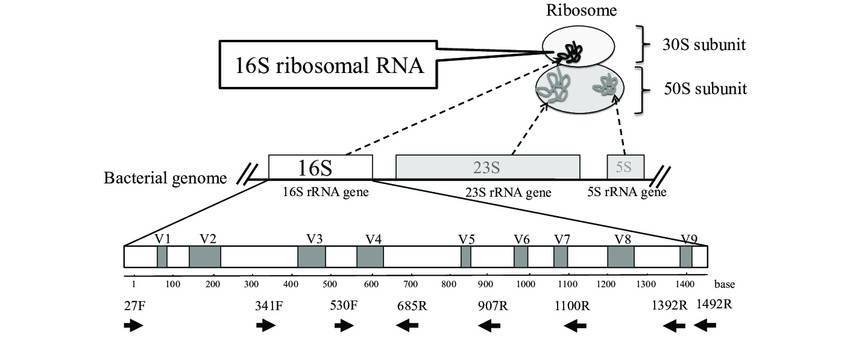
Navigation
- Home
- Services
- Microbial Diversity Analysis – 16S/18S/ITS Sequencing
- Metagenomics
- Microbial Whole Genome Sequencing
- Microbial Identification
- Microbial Characterization
- Microbial Functional Gene Analysis
- Microbial Epigenomics
- Antibiotic Resistance Genes (ARGs) Analysis Solution
- Microbial PacBio SMRT Sequencing
- Microbial Nanopore Sequencing
- Microbial Transcriptomics
- Microbial Bioinformatics
- Other
- Microbial Metabolomics Analysis Service
- Solutions
- Microecology and Human/Animal Health
- Environmental Microbiology Solutions
- Agricultural Microbiology Solutions
- Pharmaceutical Microbiology Solutions
- Industrial Microbiology Solutions
- Microecology and Cancer Research Solutions
- Microecology and Biofilms
- Pathogen Sequencing Solutions
- Environmental DNA (eDNA) Analysis Solution
- Products
- Resource
- Company
- Sample Submission Guidelines



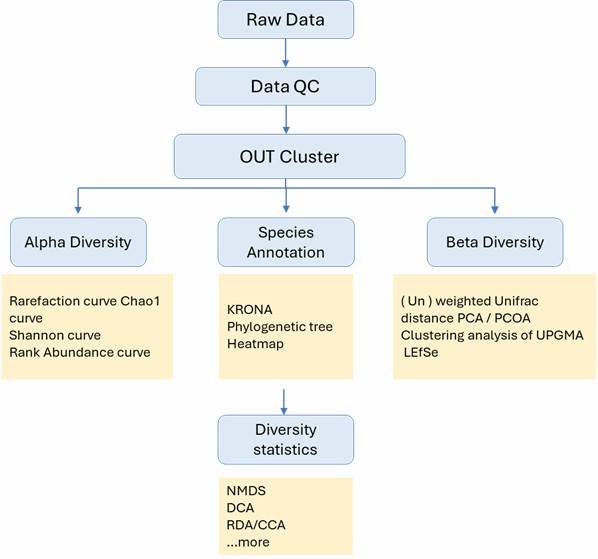
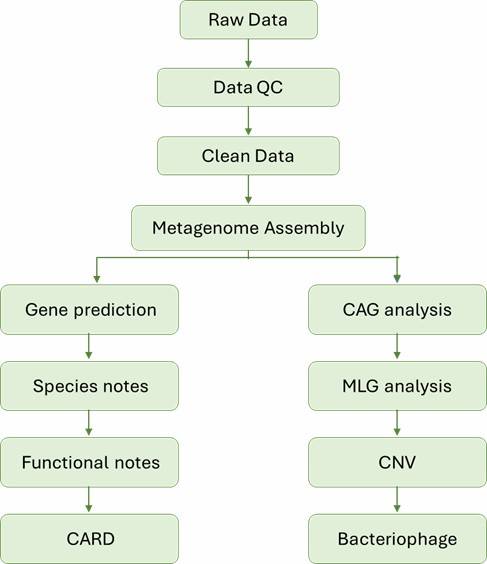
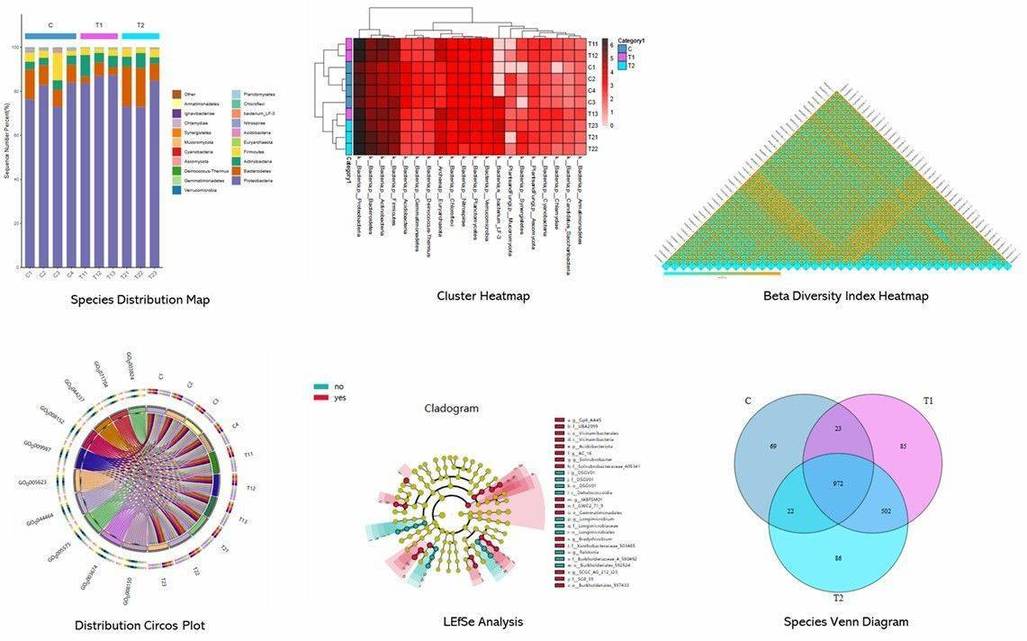

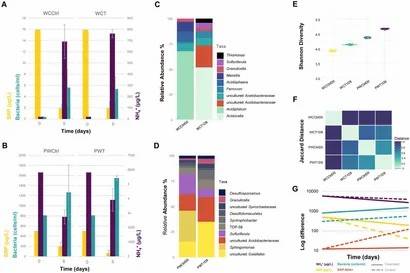 Figure 1. Contribution of sediment and pore water bacterial community to nutrient recirculation of Lake Caviahue.
Figure 1. Contribution of sediment and pore water bacterial community to nutrient recirculation of Lake Caviahue.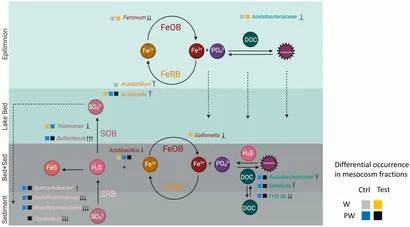 Figure 2. Conceptual model of the biogeochemical cycling of nutrients, sulfur, and iron at the sediment-water interphase of Lake Caviahue.
Figure 2. Conceptual model of the biogeochemical cycling of nutrients, sulfur, and iron at the sediment-water interphase of Lake Caviahue.
